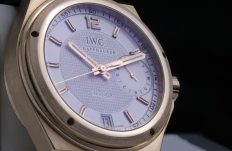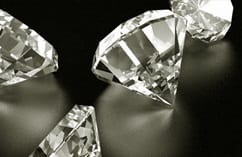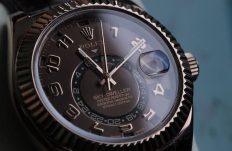Native jewelry in Canada comprises some of the most beautiful and unusual pieces available today. Each piece is carefully and lovingly crafted and imbued with symbolic meanings. The jewelry is made with a large variety of materials, such as gold, silver, gems or natural items found in the wild and on the sea shores.
Materials Used in Jewelry Crafting
Native jewelry is crafted by First Nation artists as well as those of Inuit and Métis heritage. Traditionally, materials used in jewelry making by the ancient peoples of Canada were those obtained by foraging in the areas where they lived. These included:
Shells
Beads
Wood and bark
Bone
Ivory and antler
Porcupine quills
Feathers
Leather
Silver
Copper
Amber
Argillite
Turquoise
Contemporary Native jewelry makers introduced additional raw material into their pieces, such as white gold, yellow gold and sterling silver, as well as a large variety of precious and semi-precious gems, glass beads and Swarovski crystals. Metalwork techniques, while previously consisting of etching and hammering, have evolved when modern equipment became available.
Imagery
Imagery in Canadian First Nations, Inuit and Métis jewelry traditionally used nature as its source of inspiration and modern pieces tend to do the same. Animals, birds, marine creatures, insects, heavenly bodies and mythical beings are all portrayed in jewelry.
Authentic artists, while they are fashioning handcrafted jewelry, transfer good spirits into each piece and give thanks for the materials they use. Custom states that the positivity in the jewelry benefits the receiver of every item, whether it be a ring, bracelet, pendant, necklace or pair of earrings.
Meanings of Symbols
Each element depicted in native jewelry has a specific meaning and here are some of them for you to peruse. Check your own jewelry to see if you can spot any of them.
Bear: An animal deserving great respect and is also a symbol of family, motherhood, strength, and a protector. Grizzly bears, black bears, polar bears and bear paws are all depicted in native jewelry.
Butterfly: This insect is often shown in nature scenes and depicts all the positives of the natural environment. It symbolizes grace, balance in life and change.
Eagle: A noble bird that has a close connection to our creator, the eagle represents power and grace and is extremely wise.
Heron: The heron brings good fortune, embodying long life, patience, purity and grace. If a First Nations person saw a heron before setting off on a hunt, it was a good omen.
Inukshuk: These stone monuments built by the Inuit — Inukshuk means “in the likeness of a human” — are often shown on jewelry and denote that a person is on the correct path.
Moon and Sun: The moon is a guardian and protects all life at night, while the warmth of the sun provides the Earth with healing, peace and life. The story goes that the Raven liberated the moon and sun from captivity and placed them in the sky.
Raven: This bird has a sense of humour, is mischievous and creative. Many stories revolve around the Raven, teaching us right from wrong, and he is often unpredictable.
Salmon: A primary food source for the aboriginal people of Canada, the salmon epitomizes determination, persistence and instinct as well as abundance and wealth. A pair of salmon depicted on a piece of jewelry means good luck.
Whale: The mighty orca stands for compassion, intelligence and kindness and is the guardian of travel.
Visit Pinto Gold at our store front in Midtown Toronto, or by phone at 416.229.4653 for more information on how to sell your items.








